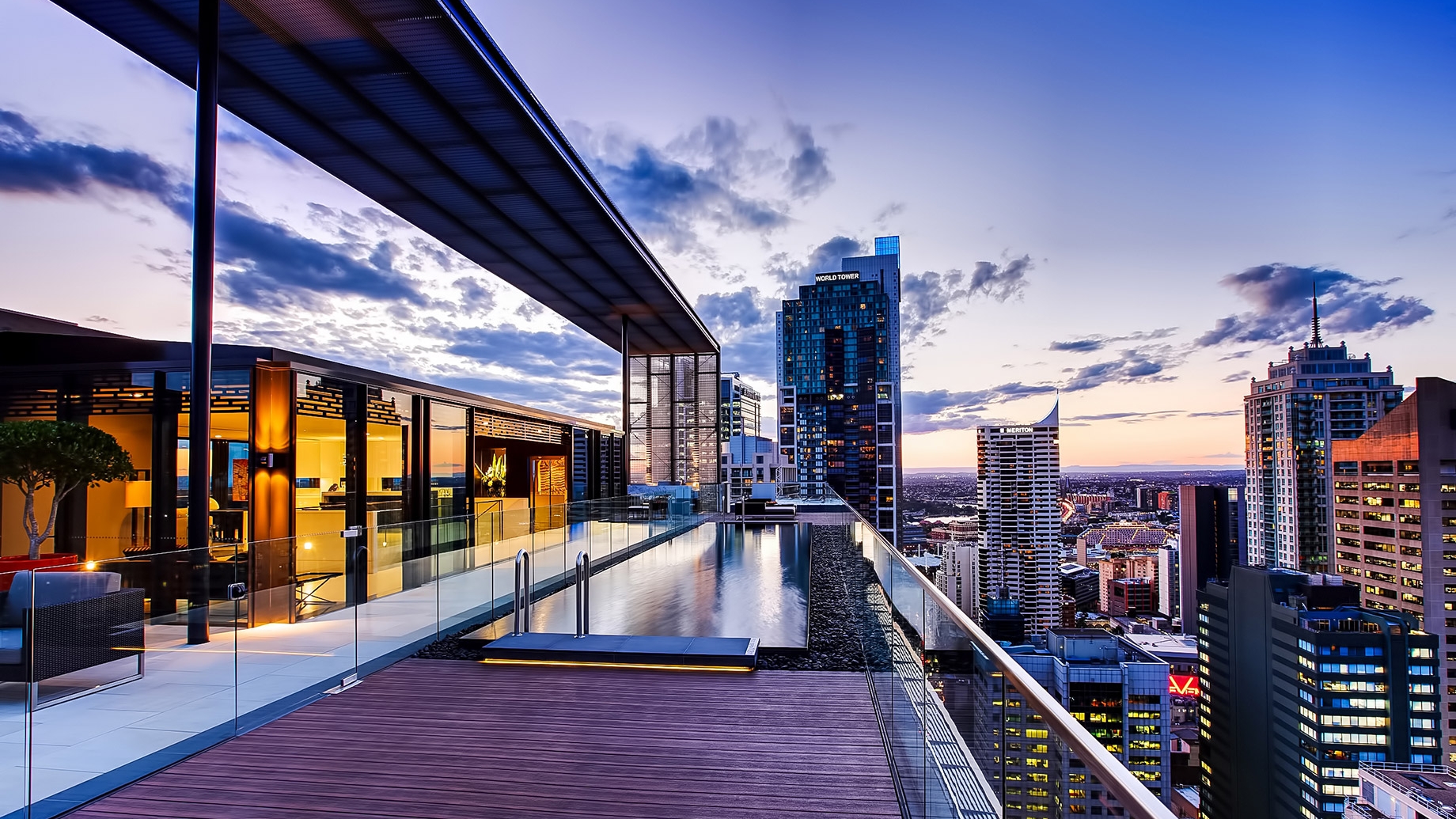Why are So Many Luxury Apartments Being Built? Will the Demand Keep Up?
This past week, CNBC published an article suggesting that “There is an acute crisis headed our way” in the multifamily real estate sector. The article surmises that the upper end of the luxury market is overbuilt and susceptible to a flattening or a market correction. In fact, apartment developers in the 150 largest US cities delivered 395,775 new housing units last year, which marks a 46% increase Y-o-Y. Of these new housing units, nearly 75-80% of them are considered luxury communities.
While living in Boston over the past few years, I have witnessed many major developments being built at a breakneck speed. Not surprisingly, the overwhelming majority of these properties are high-end luxury apartments that your average citizens cannot afford. In fact, the Spotlight Team at the Boston Globe recently published a series of articles that focused on the development of the new “Seaport” neighborhood. The article highlighted its lack of affordable housing and an overabundance of luxury housing that does not cater to the diverse population in the city.
With the advent of all of these new luxury multifamily properties, does this put the entire multifamily industry at risk of a flattening or collapse? The risk to Class A new construction is apparent if the market flattens, however; existing Class B & C multifamily communities are uniquely positioned to withstand market imbalances and corrections. Let’s go through why there has been such a luxury boom and what will happen if demand subsides.
Luxury Demand is Strong
There are a couple of key drivers behind the demand for luxury apartments. Millennials and empty-nester baby boomers are descending on city centers like Boston, Austin & Denver with a discerning taste for high-end finishes and amenity-packed buildings. One specific reason for this boom is that many double income millennial households and empty nesters that can afford to buy are opting to rent. Perks such as high-end fitness centers, concierge services, and full-service pet spas are becoming the standard. With each new building, it seems as though there is an amenities arms race. Developers are aggressively incorporating these types of modern perks into their projects; however, it doesn’t come cheap.
New Construction is Cost Prohibitive
The main reason why the overwhelming majority of new housing complexes you see coming on the market are luxury is due to the ever-rising cost of construction labor and materials. The demand for construction labor is at an all-time high and the cost of materials is the most they have ever been. As Toby Bozzuto, CEO of Bozzuto Group puts it, "The two-by-four doesn't care whether it's in a luxury building or in an affordable building. It costs the same." As a result of high materials and labor costs and the appreciation of the raw land, developers are forced to build luxury products because the numbers simply don’t work to build anything else. Cities are having to enact regulations to force developers to create a certain number of affordable units within their new construction projects. Typically between 10%-20% depending on unit count and location. However, these regulations alone will not provide a meaningful increase in the amount of affordable housing.
If Affordable Housing Can’t Be Built, What is the Alternative?
Throughout the decades there have been building boom and bust cycles. In many markets around the country, you will notice large numbers of apartments constructed between the 1970’s-1990’s. While these properties may feel very out of date compared to what’s being built today, the “bones” are good. Buildings built during this time frame have been constructed with modern materials and techniques and typically only need surface rehabbing with wear items replaced. These apartment communities, and the secondary markets they’re in, are positioned well to counterbalance the flood of new luxury apartments and maintain housing that is relatively affordable. The great thing about these Class B properties is that they typically perform well in all economic climates. When the economy is thriving, Class C tenants move up into Class B properties When the economy is suffering, Class A tenants can no longer justify the luxury rents and typically move down to more affordable class B properties. Investors can typically purchase these properties for a fraction of the cost to build, which allows them to provide a great place to live yet still keep the rents at a level attractive to tenants of many income levels.
Longer-Term Trends
Millennials are waiting much longer to purchase their first home, and thus renting for longer. Part of this trend can be attributed to the lack of affordable “starter homes” due to high construction costs, student loans and desire for flexibility. This trend, despite market cycles, could persist and maintain a strong demand for rental properties across the spectrum. Some economists and analysts project that renters will continue to grow as a percentage of the population. Millennials aren’t the only one driving this trend. According to a data company RentCafe, renters over the age of 55 grew by 28% from 2009 to 2015. As the dynamics of the US housing market change, it will be interesting to see if the demand for luxury apartments keeps pace with development.

